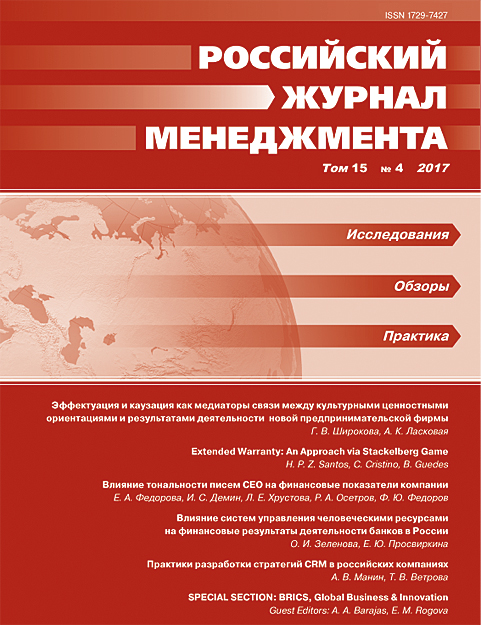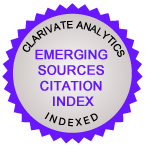The Influence of CEO Letters’ Tone on Financial Indicators of the Company
DOI:
https://doi.org/10.21638/11701/spbu18.2017.403Abstract
The paper is devoted to the analysis of CEO letters as an instrument for influencing the expectations of shareholders and potential investors. The aim of the research is to analyze empirically the influence of semantic characteristics of CEO letters on financial indicators of the company. The authors suggested that CEO letter’s tonality, its length and readability have a great impact on the company’s financial indicators, their prediction and mid-year stock value. To check the hypotheses stated, a sample group of 102 Russian companies was analyzed with the use of “bag of words” method (specialized dictionaries were applied). For this purpose, neural network models were also developed. The results obtained confirmed the influence of CEO letter’s semantic characteristics on the stock value of company.
Keywords:
CEO letter, bag of words, text analysis, neural networks
Downloads
References
Translation of references in Russian into English
Downloads
Published
How to Cite
Issue
Section
License
Articles of the Russian Management Journal are open access distributed under the terms of the License Agreement with Saint Petersburg State University, which permits to the authors unrestricted distribution and self-archiving free of charge.





